summary
Breast Chemoprotection - DIM exert a variety of biochemical effects including the induction of phase I and phase II enzymes that detoxify carcinogenic estrogens. Administration of either I3C or DIM results in increased 2-hydroxylation of estrogens.
additional information
The hydrolysis product of glucobrassicin, indole-3-carbinol (I3C), is metabolized to a variety of products, including the dimeric 3,3'-diindolylmethane (DIM). Both I3C and DIM exert a variety of biological and biochemical effects. Most of these effects appear to occur because I3C modulates several nuclear transcription factors. I3C induces phase I and phase II enzymes that metabolize carcinogens, including estrogens. Administration of either I3C or DIM results in increased 2-hydroxylation of estrogens. I3C also enhances DNA repair by affecting several of the proteins involved in this process. I3C induces both G1 cell cycle arrest and apoptosis. All of these activities lead to anticancer effects. Although I3C has been shown to protect against tumor induction by some carcinogens, it has also been observed to promote tumor development in animal models. In humans, I3C and DIM affect the metabolism of estrogens. Concerns have been raised that I3C might increase the formation of estrogen metabolites that induce or promote cancer, but this has not been demonstrated. I3C has been found to be effective in treating some cases of recurrent respiratory papillomatosis, and it may have other clinical uses.
LINK - http://www.ncbi.nlm.nih.gov/pubmed/16634522
